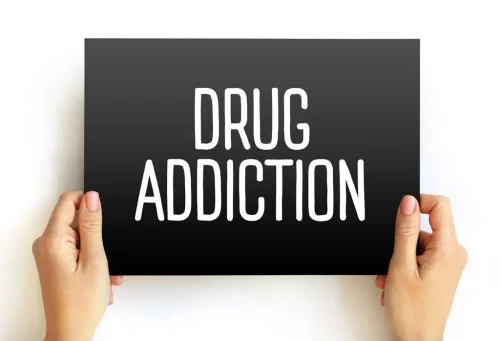Rageaholic Symptoms, Causes, and Diagnosis

If you or someone you care about is struggling with alcohol-related rage there are some steps you can take to prevent future incidents. According to the National Council on Alcoholism and Drug Dependence (NCADD) alcohol more so than any other substance is a contributing factor in cases of rape, murder, spousal and child abuse, and assault. By implementing these changes, you’ll be better equipped to address your challenges head-on and create a healthier, more balanced life.
How to find support for anger and alcohol misuse
We know that alcohol may have an impact on one’s emotions and behaviors but how exactly does that work? And why do some people experience anger when drinking, while others do not? Let’s delve into the relationship between alcohol and anger, and explore ways alcohol-related rage can be prevented. We will also identify some ways to manage alcohol-related rage once it occurs.

Alcohol Abuse vs Alcohol Dependence: Understanding the Key Differences and Treatment Options
Plummeting serotonin levels hinder the brain’s ability to regulate anger and are linked to impulsive aggression (5). Drinking, or even the anticipation of consuming alcohol, causes the production of dopamine. The PFC region of the alcoholic rage syndrome brain is where we make judgment calls about potential behavior before acting on it. When alcohol impairs this area, a person may be more likely to behave in a way they wouldn’t while sober, including getting confrontational (2).
- In other words, in a complete blackout the loss of memory is permanent.
- You might yell, get in fights, throw or break things, abuse others, and have road rage.
- Understanding the triggers and warning signs can be crucial in helping you or a loved one manage this condition and seek appropriate treatment.
- If you’re ready to get help but don’t know where to begin, check out Psych Central’s guide to finding professional mental health support.
- A therapist or psychologist helps you take a close look at your thoughts and emotions.
FAQs about Finding Support for Alcohol Use Disorder
Afterward, they either drank an alcoholic beverage (orange juice mixed with alcohol) or a placebo (the same concoction but with minimal alcohol). In rodent studies, glutamine is linked to heightened agitation and aggression during alcohol withdrawal (7). Additionally, repeated drinking may alter GABA receptors and even damage https://ecosoberhouse.com/ cells, causing reduced sensitivity to the body’s own relaxing neurotransmitter (8). This impact can begin to take place after just one drink, depending on the person and other factors, he adds (2). “It can be difficult to be aware of the impact of your emotions due to alcohol’s effect on the brain,” Metcalf explains.

If you or a loved one are struggling with alcoholic rage syndrome, it is essential to seek help from a qualified professional who can provide customized support and guidance. At Sabino Recovery, our residents have found relief through comprehensive assessments and evidence-based treatment approaches tailored to their unique needs. If you recognize your own behavior in the description of intermittent explosive disorder, talk with your doctor or other health care professional about treatment options. Intermittent explosive disorder involves repeated, sudden bouts of impulsive, aggressive, violent behavior or angry verbal outbursts. Road rage, domestic abuse, throwing or breaking objects, or other temper tantrums may be symptoms of intermittent explosive disorder.


- When we aren’t concerned about consequences we may be more likely to act out in the moment.
- By taking the proactive steps mentioned above, you can pave the way towards lasting recovery and a healthier lifestyle.
- An earlier study found that alcohol use enhanced aggression primarily among individuals who showed a heightened disposition for such behavior (Eckhardt and Crane, 2008).
- Plus, we’re always introducing new features to optimize your in-app experience.
- Seeking professional help from a therapist can also be beneficial.
